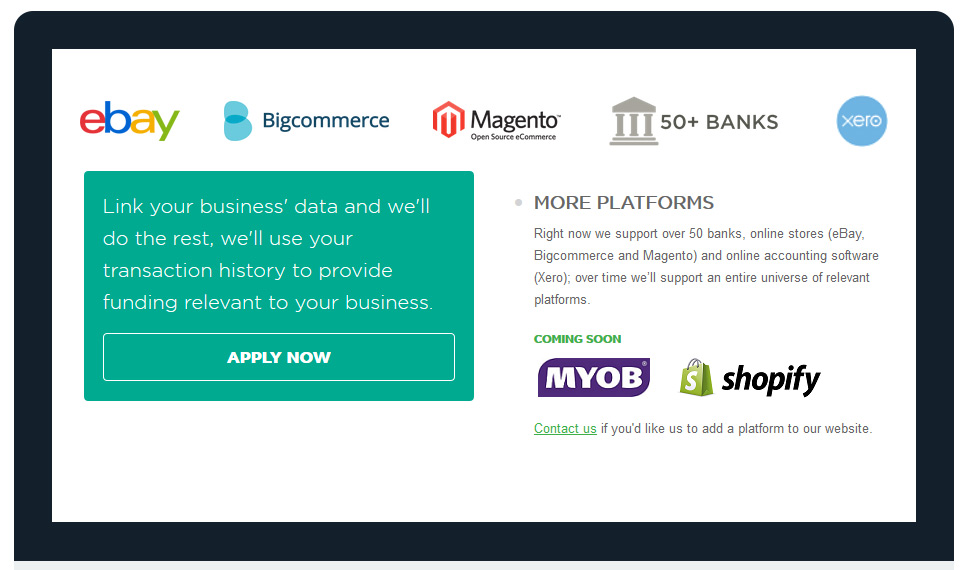The Minister for Communications and the Parliamentary Secretary announced the release of the Spectrum Review Report, prepared by the Department of Communications.
In May 2014, the Minister for Communications announced a review of the spectrum policy and management framework. Established in 1992, the current framework led the world in how it dealt with the complexities of spectrum management. But today, more than 20 years later, the fast changing nature of technology has dated the framework. It needs to be modernised to reflect changes in technology, markets and consumer preferences that have occurred over the last decade and to better deal with increasing demand for spectrum from all sectors.
The purpose of the review was to examine what policy and regulatory changes are needed to meet current challenges, and ensure the framework will serve Australia well into the future.
Under the Terms of Reference, the review was to consider ways to:
- simplify the framework to reduce its complexity and impact on spectrum users and administrators, and eliminate unnecessary and excessive regulatory provisions
- improve the flexibility of the framework and its ability to facilitate new and emerging services including advancements that offer greater potential for efficient spectrum use, while continuing to manage interference and providing certainty for incumbents
- ensure efficient allocation, ongoing use and management of spectrum, and incentivise its efficient use by all commercial, public and community spectrum users
- consider institutional arrangements and ensure an appropriate level of Ministerial oversight of spectrum policy and management, by identifying appropriate roles for the Minister, the Australian Communications and Media Authority, the Department of Communications and others involved in spectrum management
- promote consistency across legislation and sectors, including in relation to compliance mechanisms, technical regulation and the planning and licensing of spectrum
- develop an appropriate framework to consider public interest spectrum issues
- develop a whole‐of‐government approach to spectrum policy
- develop a whole‐of‐economy approach to valuation of spectrum that includes consideration of the broader economic and social benefits.
The Spectrum Review Report highlights the need to simplify the current framework to remove prescriptive regulatory arrangements and to support the use of new and innovative technologies and services across the economy.
The report recommends simplifying processes for new and existing spectrum users and increasing opportunities for market-based arrangements, including spectrum sharing and trading.
The three main recommendations are:
- Replace the current legislative arrangements with streamlined legislation that focusses on outcomes rather than process, for a simpler and more flexible framework.
- Better integrate the management of public sector and broadcasting spectrum to improve the consistency and integrity of the framework.
- Review spectrum pricing to ensure consistent and transparent arrangements to support the efficient use of spectrum and secondary markets.
The report is the outcome of a review conducted by the Department of Communications in conjunction with the Australian Communications and Media Authority, and included extensive stakeholder consultation.
The legislative reforms would:
- establish a single licensing system based on the parameters of the licence, including duration and renewal rights
- clarify the roles and responsibilities of the Minister and the ACMA > provide for transparent and timely spectrum allocation and reallocation processes and methods, and allow for allocation and reallocation of encumbered spectrum
- provide more opportunities for spectrum users to participate in spectrum management, through delegation of functions and user driven dispute resolution
- manage broadcasting spectrum in the same way as other spectrum while recognising that the holders of broadcasting licences and the national broadcasters would be provided with certainty of access to spectrum to deliver broadcasting services
- streamline device supply schemes
- improve compliance and enforcement by introducing proportionate and graduated enforcement mechanisms for breaches of either the law or licence conditions
- ensure that the rights of existing licence holders are not diminished in the transition
to the new framework.
Implementation stages would commence following the passage of legislation. This would again include ongoing consultation with stakeholders and progress over a period of some years.
The Government is currently considering the report and will prepare a response in due course. Stakeholder feedback on the report is welcomed.
The report is available at: www.communications.gov.au/spectrumreview


